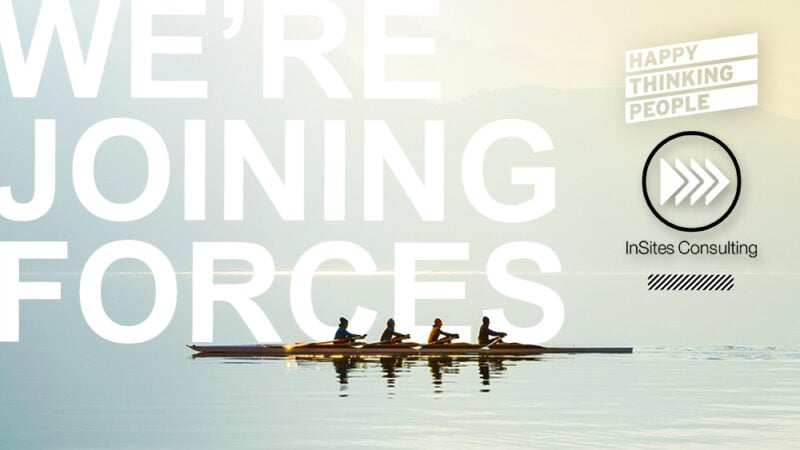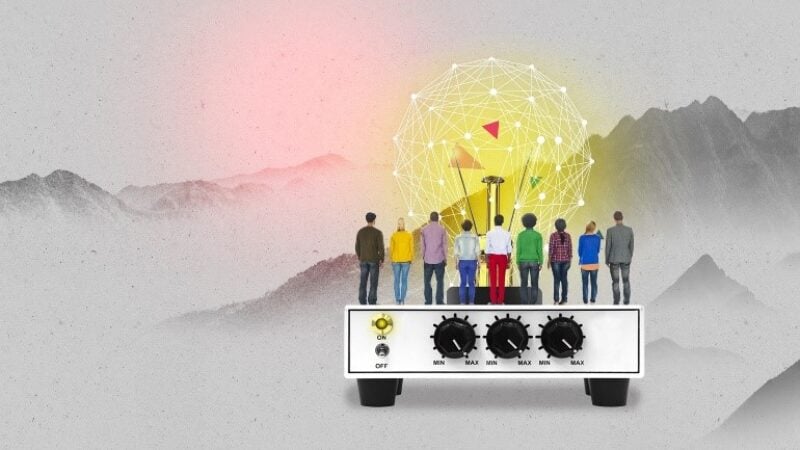Four consumer insights trends
When we started a market research agency with a 100% digital focus back in 1997, many thought we were crazy. Since then, building consumer insights via digital means has become the new normal. Now that online market research has been adopted by almost everyone, automation is the new shock wave disrupting the market research landscape. Its main promise is to offer better, faster, and cheaper insights. Which other trends will the market researcher need to consider in the years to come.
Foresighting
The speed of change makes us wonder whether today’s insights are adequate to anticipate an even-quicker-changing context. In 2009, McKinsey offered the answer: the most successful companies manage to reach a perfect balance between short-term incremental innovation and long-term disruptive innovation. Next to insighting (or insight development based on today’s consumer frictions), the importance of foresighting (or insight development based on tomorrow’s consumer frictions) will make strong, important gains.
Activation
Market researchers are still dedicating the majority of their time to translating observations and data into relevant and unique consumer insights. But this is changing rapidly. Companies are realizing more often that an insight in itself will have neither value nor impact if the internal stakeholders do not start using it. Therefore, a strong consumer insight is not only strong when it anticipates an important friction or aspiration, but also when it has seeped through the internal insight activation and has been adopted by the entire organization.
Do-it-together
When it comes to do-it-yourself (DIY) market research tools, we can no longer see the wood for the trees these days. Many of these tools are very powerful and user-friendly. However, companies often do not have access to the correct internal resources and competencies to select, integrate, and make impactful usage of such tools. As a result, I am expecting a different type of relationship between the market research agency and its client, where the ‘or’ model – the client has the choice between outsourcing to an agency or doing it themselves via DIY tools – will feel an increasing competition from an ‘and’ model – with agency and client in close collaboration.
Deep data
For a long time, we believed that big data could bring us to unknown new insights. But those high expectations often remained unanswered. The main reason: big data can usually tell us what is going on, but hardly ever (or never) why. And this is where deep data can offer the solution. Big data gathers relatively limited clusters of information among large groups of consumers. Deep data however is characterized by the fact that it contains as many diverse types of information as possible (interviewing, actual behavior, social media etc.) obtained through a relatively smaller group of consumers. This ‘connecting the dots’ approach allows to combine the what and the why, and thus to obtain consumer insights more easily.
Curious how you can get return on your consumer insights? Get in touch with your nearest InSites Consulting team!
As published in the MarketingTribune Magazine 9, 2019.




